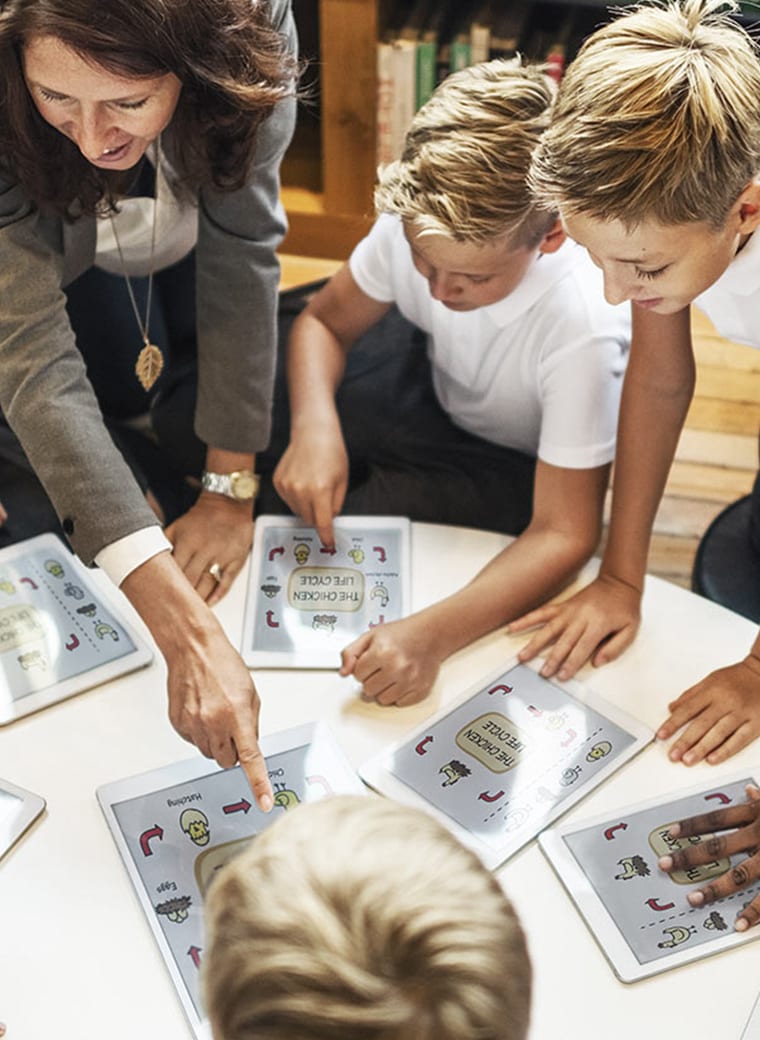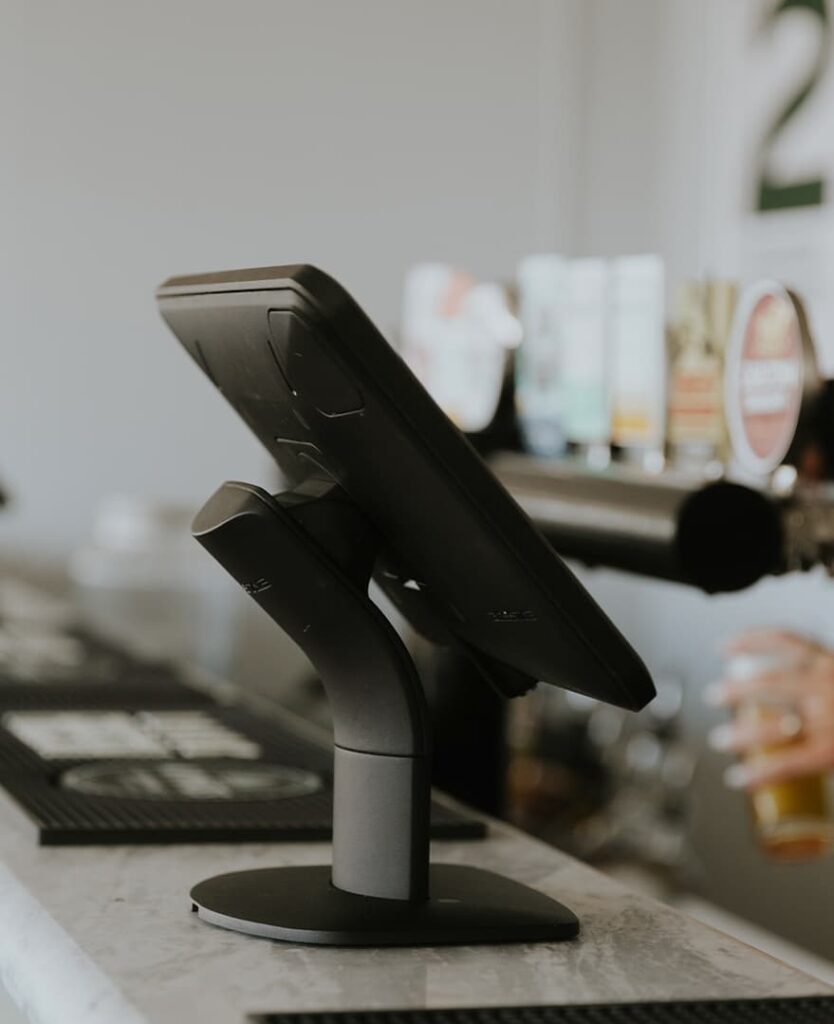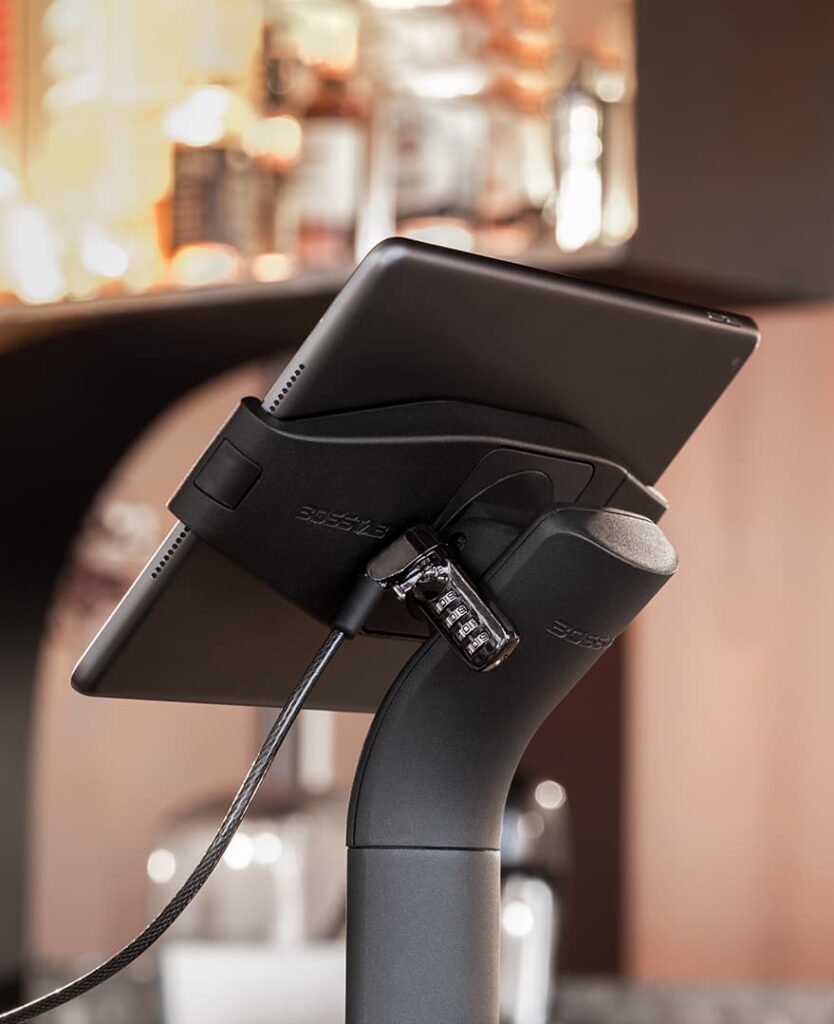Free shipping on all US orders over $100.
Support
How tablets help teachers cater to the different learning styles
Some respond best to seeing information and taking notes, others perform better when they hear information and discuss it, while further still need to interact with the object of learning and physically experience it.
In fact, experts believe there are up to seven types of learner profiles and for teachers this can prove a major challenge. Luckily, it’s an area where technology like mobile tablets can assist.
Not only do they help students gain access to information, tablets in schools can help them better cater to their own unique learning style.
Here’s how…

The seven learning types
Since the 1970s, it’s been widely accepted that individual students learn in different ways and these profiles are now commonly broken down into seven different types.
-
- The visual (spatial) learner
Who responds to diagrams, charts and graphics to process information
-
- The aural (auditory-musical) learner
Who absorbs information b hearing it and through storytelling
-
- The verbal (linguistic) learner
Who prefers to take notes and readily absorbs the written word
-
- The physical (kinaesthetic) learner
Who best understands through ‘doing’, touching, feeling and physical experimentation
-
- The logical (mathematical) learner
Who can quickly decipher patterns and takes easily to mathematical reasoning
-
- The social (interpersonal) learner
Who responds well to interpersonal communication, discussion and bouncing ideas off others
-
- Solitary (intrapersonal) learner
Who achieves more by themselves, researching and absorbing information independently
Often many students will favour more than one of these profiles in their pursuit of knowledge, but when educators can facilitate multiple learning styles, a student cohort overall will often perform best.

Technology and learning
Mobile technology like tablets or iPads in schools are among the tools teachers can use to engage different types of learners.
By nature, this technology comes with features that work with and engage the different learning styles.
There are research features which allow students to look up and read information, there’s text to speech which encourages them to hear it, there’s video which illustrates it, or diagrams and images which explain.
And then there are apps, so many apps, which are built with multiple learner types in mind.
For example, in early learning, there are phonics apps which show a word, sound it out verbally then encourage children to write it on-screen. There are maths apps which illustrate through pictures, numbers and charts and then also through verbal instruction.
There are group apps which allow students to work with each other as they learn, bouncing ideas off one another or inputting data to complete a project.
Or there are the simple software apps that most tablets have built-in – video recorders, sound recorders, text highlighting, note taking, charts and graphics builders, presentation software, music composition and so much more.
Each of these can be used in a classroom setting to engage learners in a host of different ways.

Harnessing the power of tech
Two of the major benefits of mobile tablets are ease of implementation and affordability. Schools can opt to purchase a number of tablets per classroom, or just have a few which can be shared.
They can set up tablet kiosks using multiple tablets secured in tablet holders, they can enjoy mobile technology using a simple iPad and iPad holder.
However they choose to implement them, mobile tablets have the potential to change the learning journey and in doing so can reach different style learners in a wealth of different ways.
You can learn more about the benefits of using tablets in education here, while Bosstab provides tablet stands and iPad stands for classrooms that can easily be installed with freestanding base options for mobility or a fixed screw mount option.









